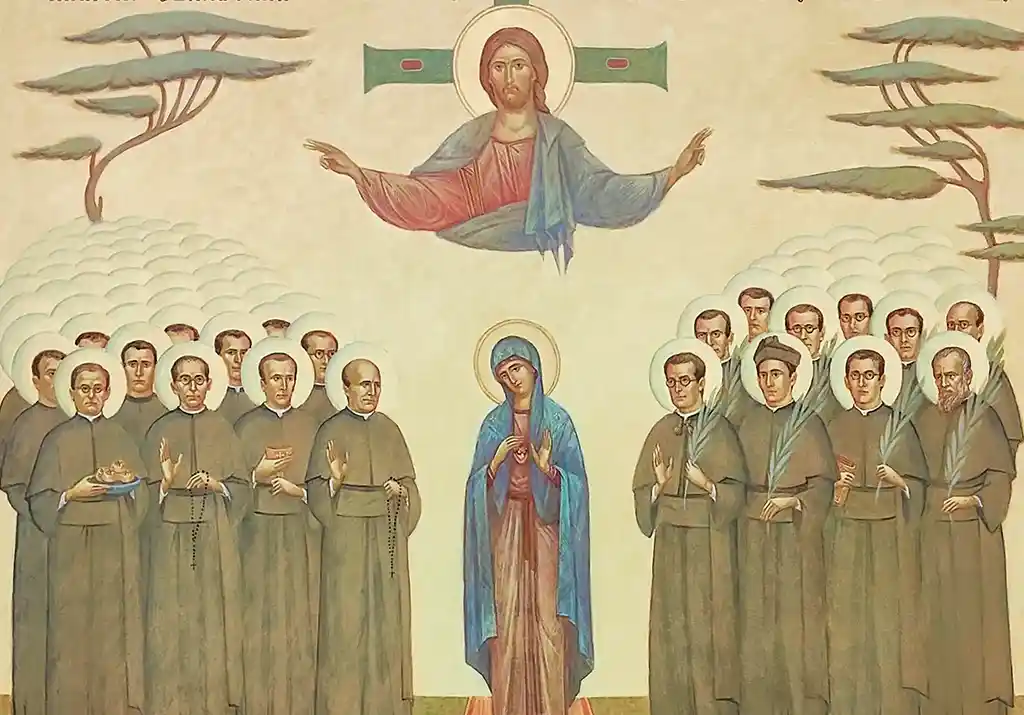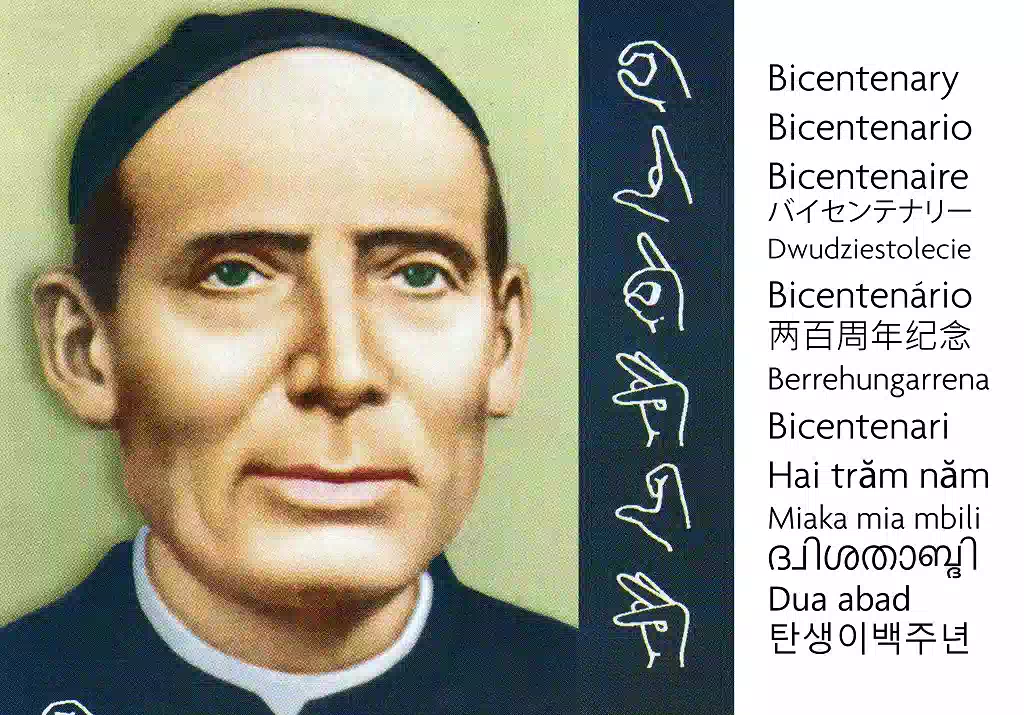As far as we know, no one thought of describing the birth that December 23, 1807.
We would have liked to know the scene around that cradle of the newborn Antoni, by which his four older brothers would have already passed, to the monotonous rhythm of the manual looms located in the ground floor of the house in Cos street, 4.
The parents, Joan Claret Xambó and Josefa Clarà Rodoreda, lived the joy of the moment. Antoni was the second male child and the fifth of eleven siblings. In spite of the tense climate because of the threat of war, nothing prevented him from being baptized on Christmas Day with the names of “Antoni, Joan i Adjutori,” as appeared in the Baptismal Certificate (lost in 1936).
We know that, shortly after birth, he was entrusted to a wet nurse from the nearby town of Santa Marì de Oló, because of the bad health of the mother.
Immersed in the first years of war, Sallent and the other surrounding villages begin the most active resistance against the invader and are afraid of its incursions (1809 – 1810). Terrified, the people fled seeking refuge in the mountains of Serrahima, Serrasanç, Roques Blanques (near the Shrine of Fucimaña). The child Claret, three and a half years, accompanying his maternal grandfather Joan, half blind, would form part of the groups of elders, women and children seeking protection while the men defended the front.
Thus went the first years of his childhood. Much later, he recalls the dreams of his first childhood at the age of five about “eternity,” which he describes in detail in his Autobiography. This was the fruit of his pious parents, inclined to Christian practices and devotions. This was the beginning of his early missionary awakening!
At the age of seven, he began to be attracted to the framework of threads in the manual looms, in time with the first letters under Mr. Antoni Pascual. His friends called him “en Tonet.”
Two hundred years have passed. Today there are no architrectural or artistic traces of his epoch, such as the small church with its baptismal font, or the cradle or the manual looms of his time… We guess what it was and that is enough for us. The vast remodelling that was done in the “Claret House” in Sallent on the occasion of the Bicentenary of his birth has let us recover a global and modern focus of everything that happened in the life and work of our Holy Founder. The texts of his
Autobiography are the guide for the understanding and stimuli of his missionary road.
It is worth making an unhurried visit to Sallent, cradle of Saint Anthony Mª Claret and Clarà, who one day could change his dreams of a weaver for the passion of propagating the Gospel and inviting many to follow him as evangelizers.
You are most welcome!
Superior of the community of Sallent








